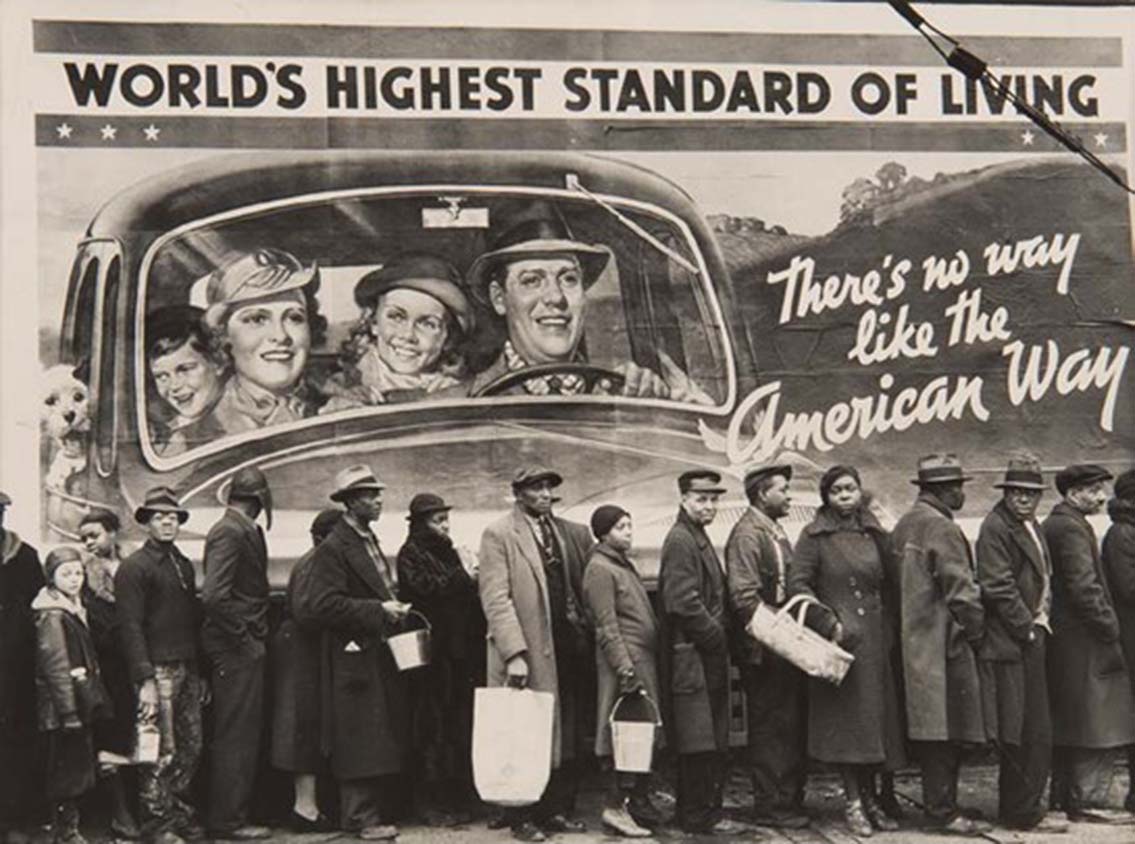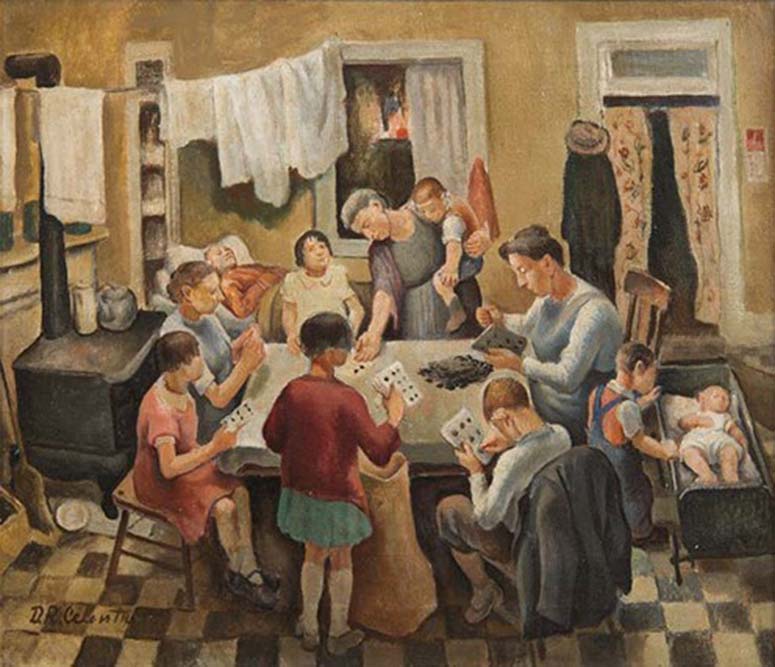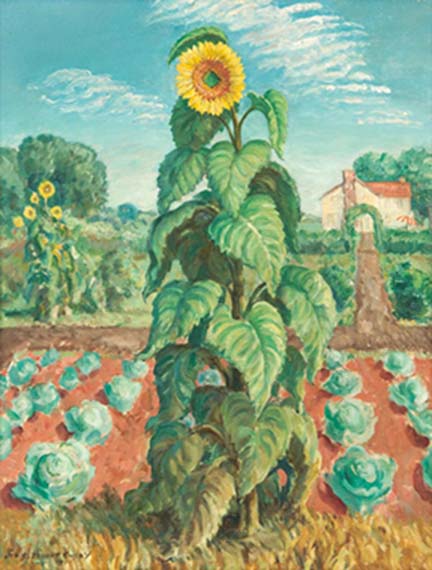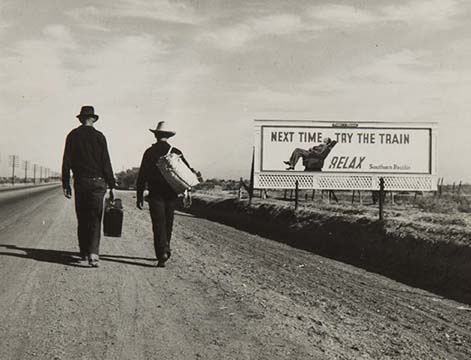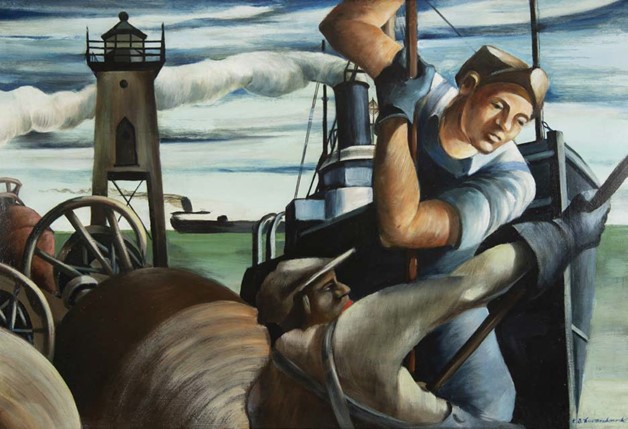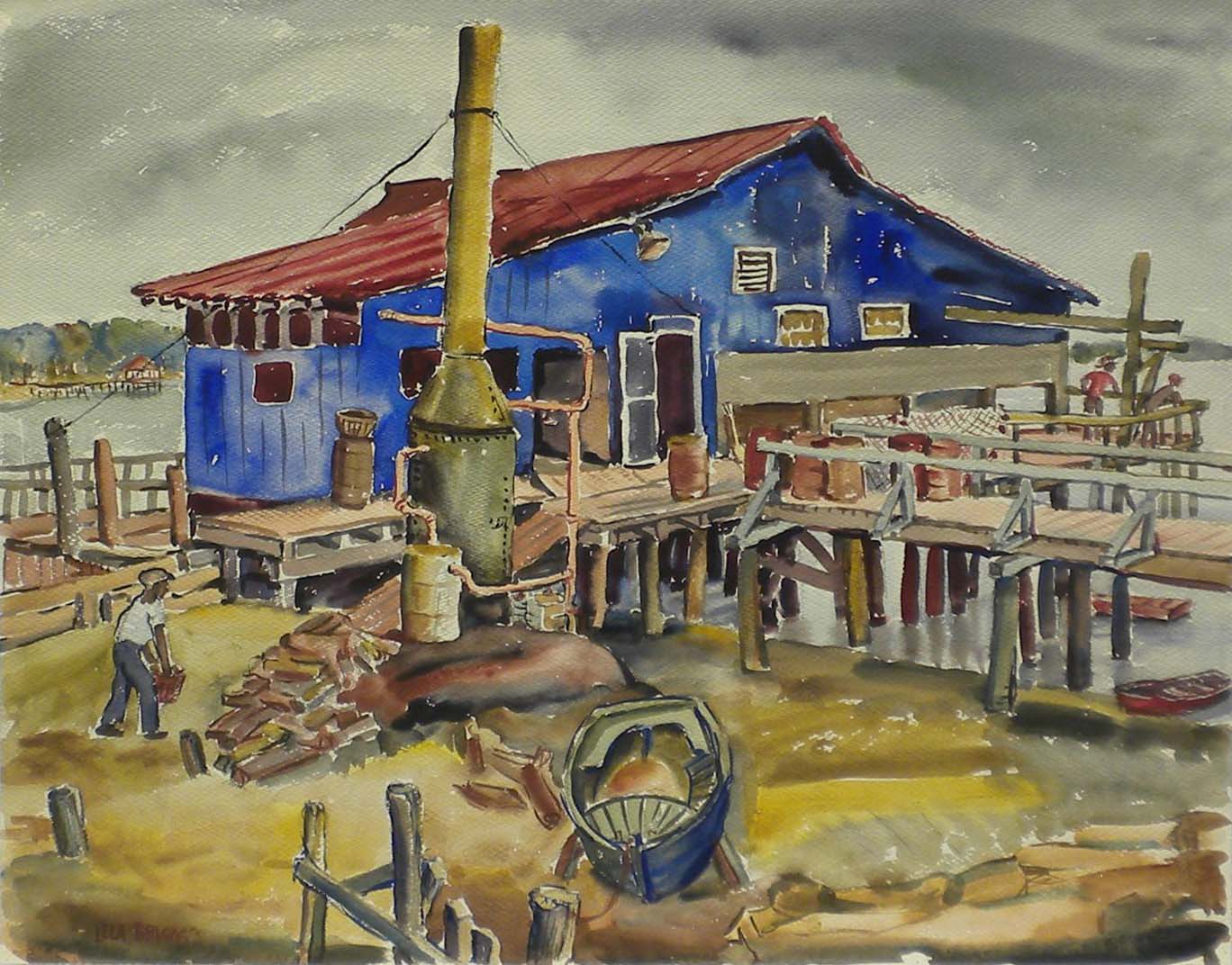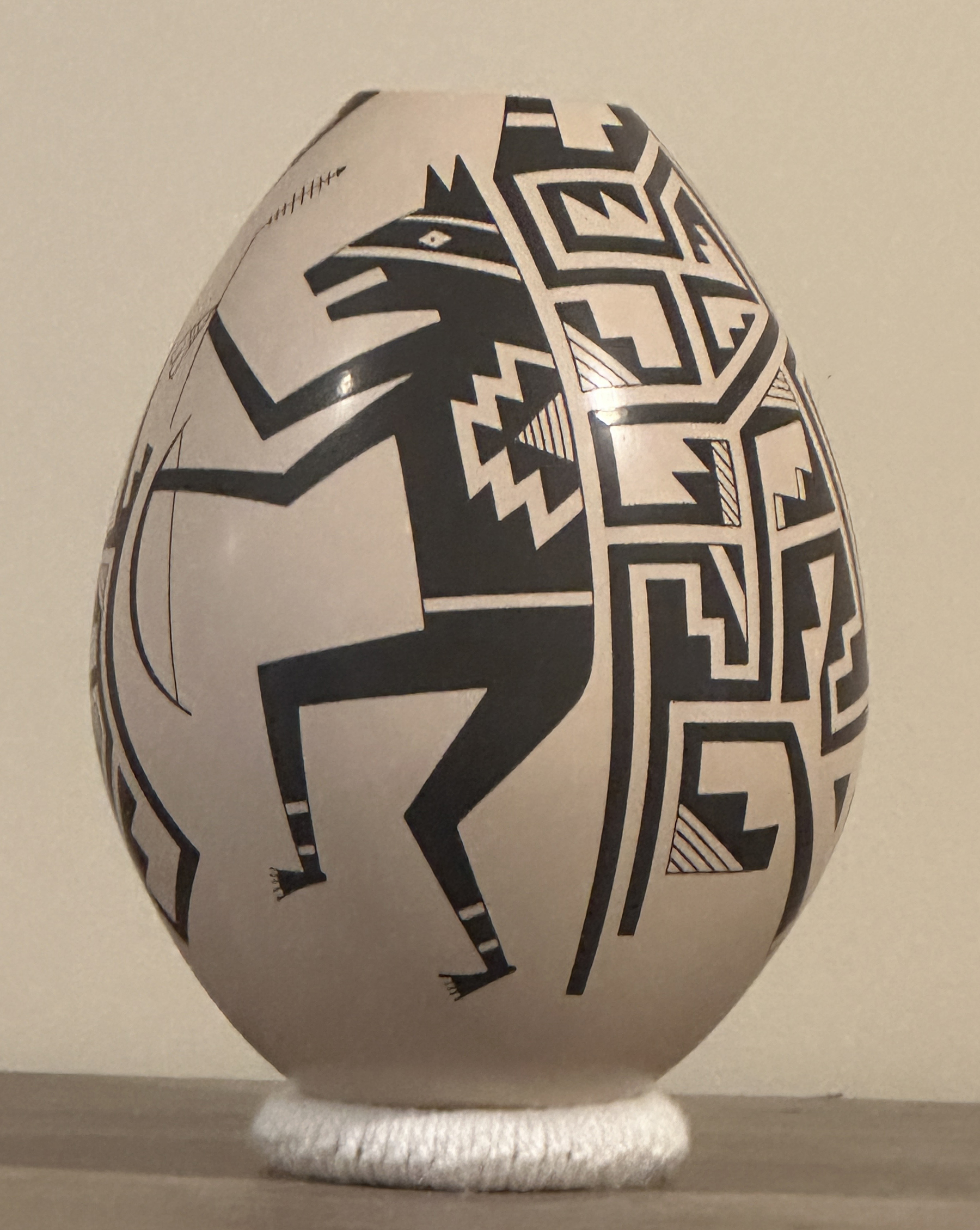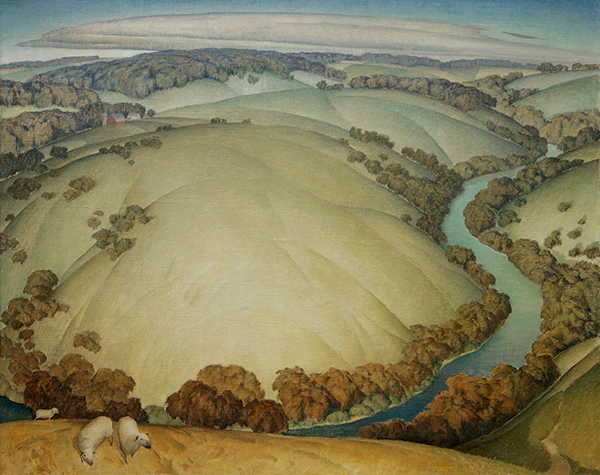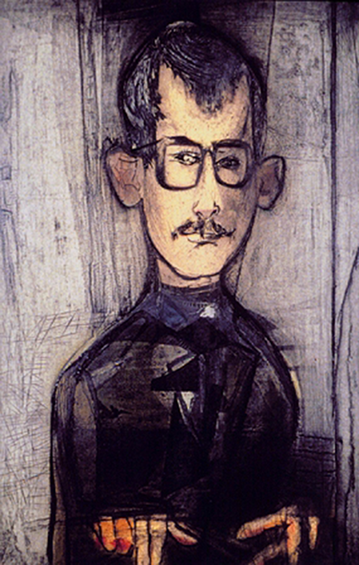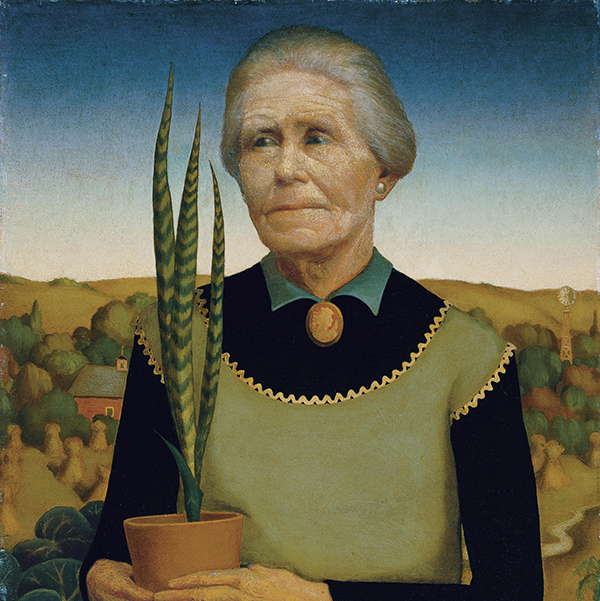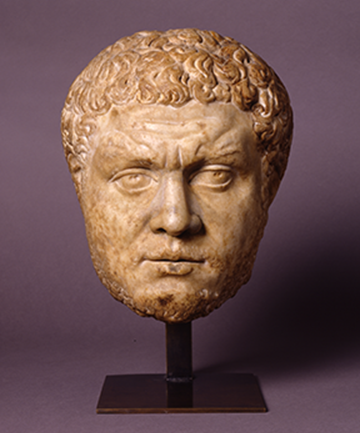Work and Society in the 1930s: American Paintings and Photographs from the Shogren-Meyer Collection
June 3 – September 10, 2023
Drawn from a private collection, Work and Society in the 1930s showcases approximately sixty paintings and photographs portraying working Americans, who experienced and implemented radical changes in the United States during the 1930s. “The art of the 1930s was generally quite political and very often made a social statement,” collector Daniel Shogren said. Both history majors during their college careers, Shogren and his wife and fellow collector, Susan Meyer, share a fascination with the 1930s, which is reflected in their art collection. The Shogren-Meyer collection draws and combines interests in history and art, which the collectors feel records, reflects, and predicts history.
Collector’s Statement
For some reason, we have always been fascinated by the 1930s. We were both history majors in college and we have a love for the art of the Depression. The art of the American Scene and Regionalism especially appeals to us. The art of that era was the art of America, and at no other time was more art created in the U.S. Famous art historian Thomas Craven said: “art begins at home”. The subject of this period’s art was what was happening with the people of America.
In the 1930s, our country was continuing its evolution from an agrarian society to a city dwelling, industrial society. Technology was having an enormous effect on everyone. At the same time, the country was experiencing the Great Depression and the Dust Bowl. The subject of this period’s art reflected what the people were experiencing. The government was struggling to pull the country out of a deep depression. The Works Progress Administration (WPA) and the Farm Security Administration (FSA) were government supported programs that recorded social dislocation through photography and painting. The American government’s support for the arts through the Federal Art Project (FAP) in the 1930s had a dual purpose; it employed many artists, and it recorded the times. Many of the pieces in our collection show the integrity of work and the hardships people experienced finding work. The social realism of the time portrayed the stark reality of life through paintings and photographs. The art of the 1930s was generally quite political and often made a social statement.
We can’t help but compare today, where we have full employment and a volatile stock market, to the America of the 1920s and 1930s. In the 1920s, America was in a ‘boom time’, but signs were beginning to appear of the coming disaster known as the Great Depression, along with the Dust Bowl. By the 1930s, jobs were hard to find, especially in the manufacturing sector. In 1933 the steel industry was running at 10% capacity and roughly 25% of the population was unemployed. Today, we have full employment and even a shortage of workers. Yet barely 24 months ago, unemployment was over 10%. The pace at which our economy operates has increased dramatically, largely due to technology.
Are we seeing warning signs, such as climate change and income disparity, that portend a future depression and new dustbowl? If so, are we prepared, and have we learned anything from our history? We often think of the saying, ‘history repeats itself’, and we think it’s true. What lessons can be learned from our history? Will we learn from it and avoid another time like the 1930s, or are we doomed to repeat it?" Dan Shogren and Susan Meyer
This exhibition and accompanying educational programming have been made possible in part by the Iowa Arts Council, a division of the Iowa Department of Cultural Affairs and the National Endowment for the Arts, members of the Cedar Rapids Museum of Art, and contributors to the Museum’s Annual Fund. Annual educational programming has been supported in part by Transamerica.
